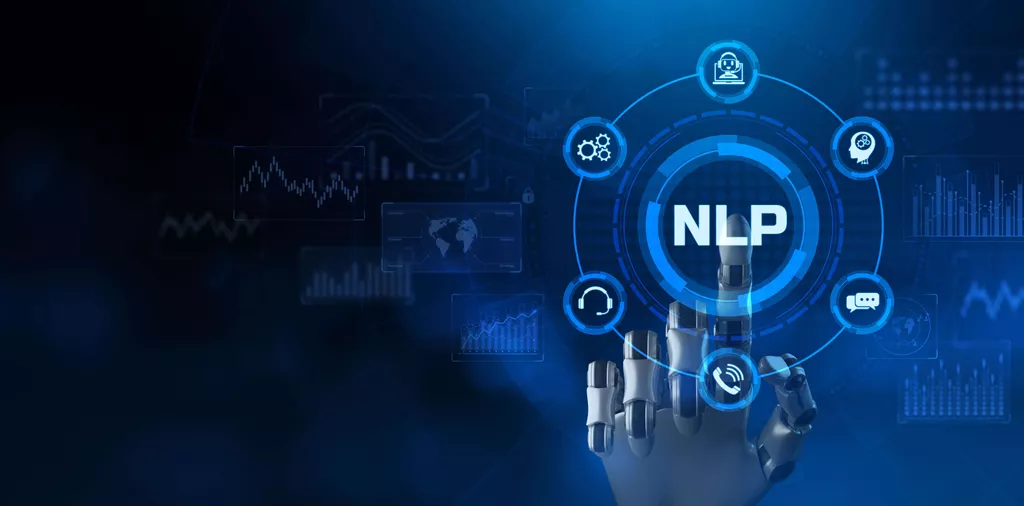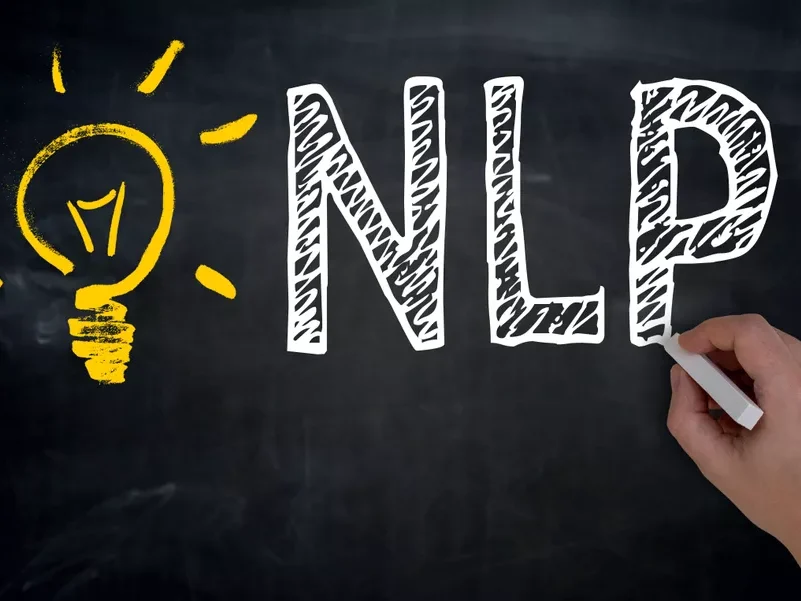The language used by humans is fundamentally complicated. To comprehend what is being said in a speech, a computer has to understand a variety of grammatical conventions and context. Furthermore, it must be able to discern between abbreviations, terms, conversational phrases, and slang. A computer may imitate a person’s capacity for interpreting linguistic input through natural language processing and the best NLP algorithms.
What are NLP algorithms?
Natural Language Processing, a subfield of information technology, AI, and linguistics, aims to research the issues associated with computer-assisted natural language analysis and synthesis. Given that human language includes a variety of quirks, fully comprehending and duplicating the meaning of language is a very challenging endeavor.
So, what is NLP algorithms? Natural language processing relies on techniques that transform confusing input into full knowledge so that machines can comprehend it. To finish the task, NLP algorithms employ several natural language principles. When the computer receives the data, it first interprets the context value associated with the command using a distinct set of algorithms before gathering the necessary information to carry out the request.
Unfortunately, occasionally the computer gives ambiguous answers because it needs help comprehending the context of the command. For instance, owing to subpar algorithms for NLP, Facebook posts typically cannot be translated effectively.
The value of NLP and areas of use
Applications of NLP are everywhere. It includes virtual assistants like Siri, machine translation, virtual assistants, and Google search. Digital advertising, security, and many more fields employ these technologies. Language is crucial for the generation and upkeep of data in addition to its application in many business-related contexts. It might be challenging to determine which data is most pertinent to the brand because of how detailed the info that has been collected is. We can reveal the data’s hidden worth with the use of NLP.
As a part of the natural language processing algorithms examples, NLP technologies are used to investigate AI and how to build it and to design smart systems that function with natural human languages.
NLP algorithms explained
Several kinds of this technology’s algorithms may be discovered. It all relies on the developer’s method of approaching AI. Find the most widely used types of NLP algorithms below.
Symbolic
This technology links ideas using linguistic data. Unlike ML models that depend on statistical analysis, these systems do not use reasoning to make decisions. In this instance, symbols are used by AI to indicate the connections and understanding between concepts. It better spots language disambiguation with context comprehension and internal information.
Statistical
Based on statistical techniques, NLP enables robots to understand and interpret human language. NLP algorithms find patterns in massive amounts of text, allowing the computer to develop its comprehension of human language.
For applications like question-answering systems and semantic search, the statistical method uses several approaches to determine the chance of particular words appearing after others and whether two sentences are sufficiently similar.
Hybrid
These NLP algorithms emphasize the use of statistical and symbolic techniques.
The idea behind a hybrid natural language processing algorithm is to combine different techniques in order to create a more robust solution. For example, it might combine rule-based approaches with statistical models, deep learning, and even semantic analysis.
By combining different techniques, the algorithm can determine which approach works best for the task at hand and then apply it in order to find the most accurate solution.

NLP algorithms at work
Modern NLP algorithms have made considerable advancements and are now widely used in many facets of life. It is obvious that various applications are extremely useful when used correctly.
Machine translation
It is a well-liked method that makes it simple to swiftly convert massive volumes of text from one language into another. It may be helpful if you need to translate a book or webpage since it lets you save time and effort. In addition, it offers better accuracy as compared to human translations.
When it’s necessary to read through papers written in a language you don’t understand, AI translation technology is a great help. Using such technology, it is optional to comprehend every single word to extract the document’s main ideas. Automated translation technology is useful when interacting with clients from other countries or translating papers into your mother tongue. It could be a dependable and efficient localization technique.
Automatic summarization
It is valuable for reducing voluminous material to a concise and helpful summary. Many data sources, such as emails, news articles, business papers, and more, are used with this procedure. It makes it easier to comprehend the essential ideas in each file rapidly. Using this data, users may evaluate whether the information is beneficial and advantageous.
Speech identification
These technologies are revolutionizing customer service at contact centers. It significantly enhances customer service by converting spoken speech into printed text. Not only can it be used in contact centers, but also in other sectors, such as medical transcription, legal documentation, and consumer feedback surveys. Processes might be streamlined with this technology, reducing the time needed for manual work.
Text categorization
Here we are talking about automatically classifying text documents using predefined categories. Such technology is a common thing in business and marketing. It can be used to distribute email messages and web pages.
Named entity recognition/extraction
The process of recognizing and extracting named entities—such as individuals, locations, or organizations—from the text. It aids in various applications, including information search, replying to inquiries, summarizing, and more.
To reliably identify items, a knowledge graph is a go-to technique. It is highly effective in extracting data with perfect precision due to its extensive information and established relationships. Among the most popular choices are supervised ML techniques like logistic regression and support vector machines and unsupervised ones like neural networks and clustering algorithms in NLP.
Sentiment analysis
An efficient method for locating, gathering, and arranging the views stated in a document is sentiment analysis. From media monitoring to market research, this strategy may be employed as part of customer service & marketing activities. The sentiment analysis method determines if a text’s sentiment is good, harmful, or neutral. This technology aims to locate any hidden emotions and evaluate them appropriately.
Which NLP algo is right for you?
The foundation of human-machine communication, natural language processing, employs several strategies to enhance task performance. Compare natural language processing algorithms and find the most suitable for all your needs. The first step is to decide what type of task you are trying to accomplish. Do you need to classify text documents? Do you need to extract entities from text? Or do you need to identify sentiment in text? Depending on your task, different algorithms may be better suited for the job. Choose 2-3 proper options, test them with a dataset and compare the results.
Don’t lose the chance to stand out from rivals thanks to contemporary NLP-based solutions from MetaDialog. The company’s AI engine can manage any discussion and process and submit copious volumes of text material to the knowledge base. You may be sure that by utilizing the technology provided by MetaDialog, your business will advance.
